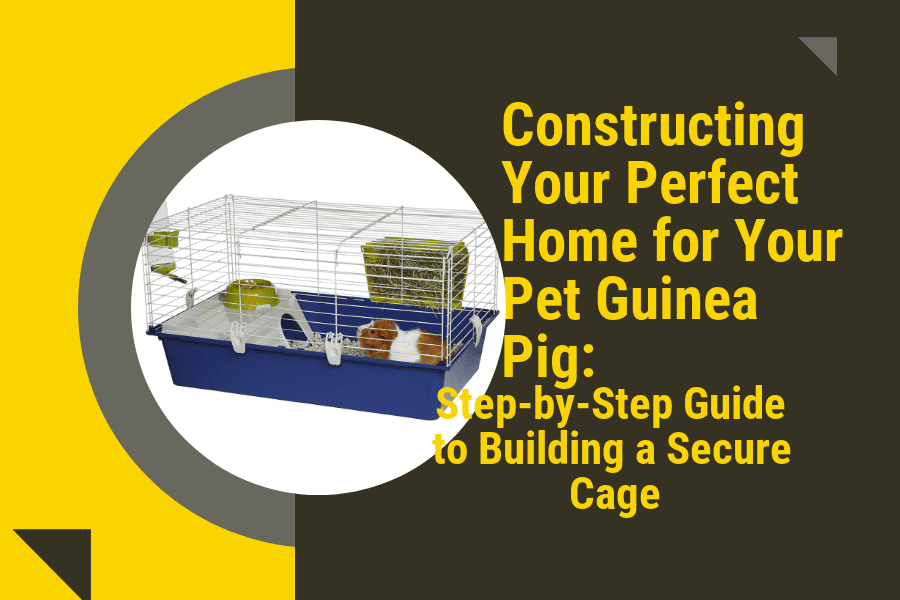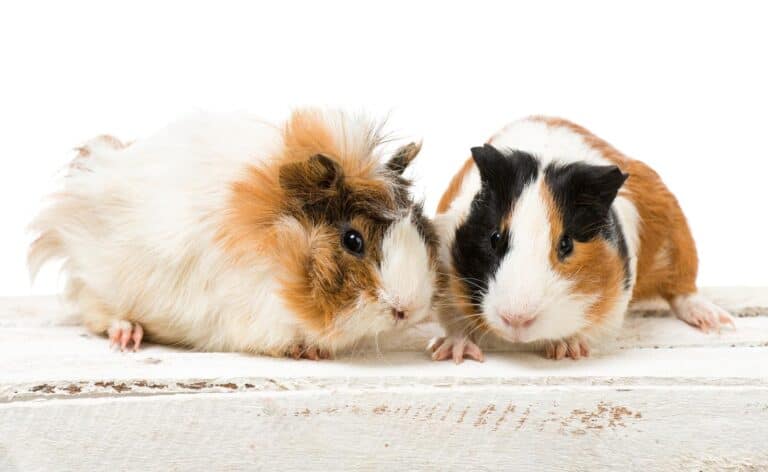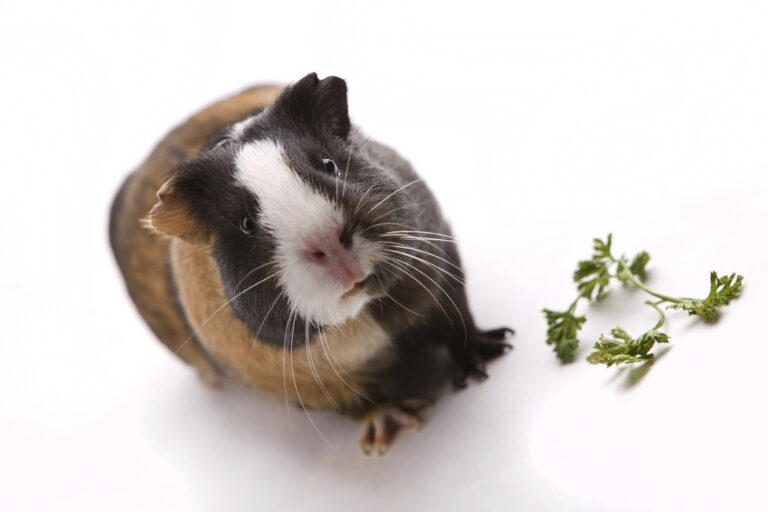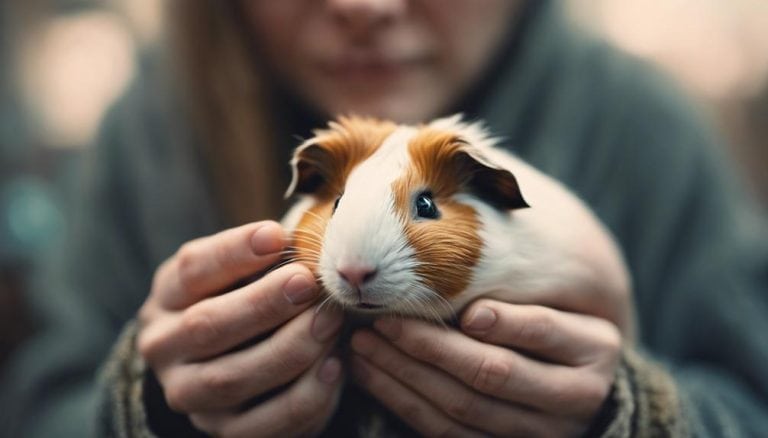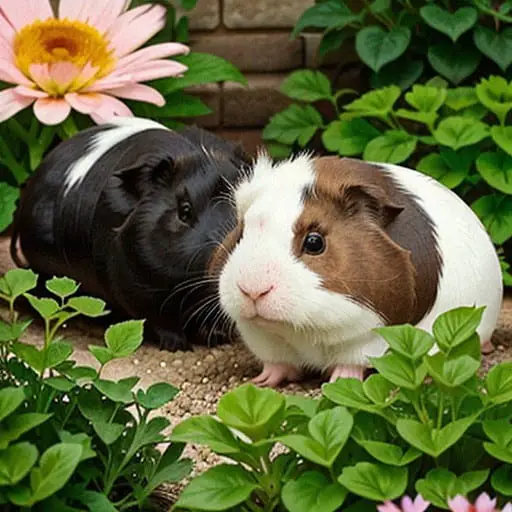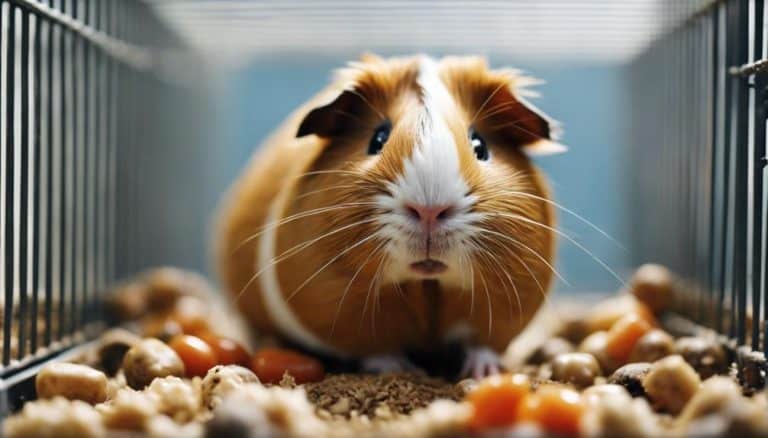Constructing Your Perfect Home for Your Pet Guinea Pig: Step-by-Step Guide to Building a Secure Cage
Are you looking for a comprehensive guide to building a safe and secure cage for your pet guinea pig? Are you overwhelmed by the amount of information out there? Look no further! This article is your step-by-step guide to constructing the perfect home for your furry friend.
We’ll start by discussing the basics of guinea pig cages, then move on to the specific materials you’ll need, and finally, the step-by-step instructions on how to build your guinea pig’s dream home.
With the right preparation, you’ll have a secure cage ready to welcome your guinea pig in no time! So, if you’re ready, let’s get started!
Understanding the Basics of Guinea Pig Cages
Understanding the basics of guinea pig cages is essential for providing your furry friend a safe and secure home. To start, guinea pigs need enough space to move around, so their cages should be larger than they may appear.
The minimum size for one guinea pig is seven square feet, but two or more should have ten square feet or more. These cages should also be tall enough for your guinea pig to stand and stretch upright. The ideal height for a guinea pig cage is 18-24 inches.
The type of cage material is also important. Traditional wire cages may be easier to clean, but your guinea pig’s feet can be injured on the wire. Instead, opt for cages constructed from plastic, wood, or some other type of solid material.
Cages made from these materials are safer for your guinea pig and more comfortable for them as well. Additionally, these cages may have wheeled bottoms, which make it easier to clean up guinea pig droppings.
Ultimately, understanding the basics of guinea pig cages is necessary to give your pet a safe and secure home. With the right size and material, you can create a comfortable living environment that is both healthy and enjoyable for your guinea pig.
What Materials Will You Need?
Once you have an idea of what type of cage design you would like to build, it’s time to talk about the materials you’ll need to create the perfect home for your guinea pig.
The most important factor when shopping for materials is finding items that are safe for your guinea pig, as well as being able to withstand their chewing and digging.
When choosing a material for your cage floor, you should opt for something durable and chew-proof, such as metal mesh, rubber mats, or linoleum. The sides and top of the cage should be made from a sturdy material such as wood, metal, or plastic. Make sure to use non-toxic, pet-safe sealant or paint to finish off the project. You will also need fasteners such as screws, nuts, bolts, and washers to put the cage together.
Finally, you’ll need accessories to make your guinea pig’s home complete. This includes items like hay racks, water bottles, and hiding places. If your cage isn’t too large, you can also consider investing in a guinea pig playpen which can provide your pet with additional space to explore and play. With the right materials, you’ll have a safe and secure home ready for your guinea pig in no time!
Measuring and Cutting Your Materials
Measuring and cutting your materials is an important step in building a safe and secure cage for your guinea pig. To get started, measure the area you plan on using for the cage and make sure it is big enough for your pet.
If you are building a square or rectangular cage, measure and mark the walls, floors, and roof pieces with a pencil. You will then want to measure and cut the materials for the sides, roof, and floor of the cage. A handsaw, jigsaw, or circular saw will be needed for this step. Be sure to cut the materials to the exact measurements to ensure that the cage is strong and secure when it is complete. If you are not confident in your measuring and cutting skills, it is recommended that you consult a professional carpenter or builder.
When measuring and cutting the materials, it is important to be precise and accurate. Make sure to measure and cut each piece twice to ensure that each piece is cut to the right size. Additionally, make sure to take safety precautions when operating a saw, and always wear safety glasses. After the pieces are cut to the needed sizes, use screws or nails to assemble the pieces together.
This will ensure that the cage is secure and stable when it is complete. With the right measurements and materials, you’ll have a secure and comfortable cage ready to welcome your guinea pig in no time!
Constructing the Cage Frame
When it comes to constructing the cage frame, there are a few important things to consider. The first is the size of the cage. You want to make sure that your guinea pig has enough room to move around comfortably, so it’s recommended that you give your guinea pig at least 7.5 square feet of floor space.
Additionally, you want to make sure that the bars of the cage are no more than ½ inch apart so that your guinea pig cannot escape or get stuck in the bars.
Once you’ve determined the size of your cage, it’s time to start constructing the frame. You’ll need to decide what material you’ll use for the frame. Wood is a popular choice and is often cheaper than metal, but it’s important to make sure that the wood you choose is treated and won’t warp over time.
Metal frames can be more expensive, but they are often more durable and will provide more security for your guinea pig. Regardless of the material you choose, you’ll need to make sure that the cage frame is strong enough to support the weight of your guinea pig and any accessories you might add.
Once you’ve chosen your material and cut the pieces to size, you’ll need to begin assembling the frame. You’ll want to use screws to hold the pieces together and make sure that the corners are square.
Depending on the design you choose, you may also need to use hinges or locks to make sure the cage is secure. Once the frame is assembled, you can add the bars or wire mesh to complete the construction of your guinea pig’s home.
Securing the Cage
When building a secure cage for your pet guinea pig, the first step is to choose the right materials. The most common materials used for guinea pig cages are wire mesh, wood, and plastic. Each of these materials has its own benefits and drawbacks.
Wire mesh is lightweight and easy to move, but it can be difficult to secure the walls and floors properly. Wood is heavier, more durable, and better at insulating, but it can be quite expensive. Plastic is also lightweight, less expensive than wood, and can be securely fastened; however, it can be tricky to clean.
Once you’ve chosen a material, you’ll need to measure your space and purchase the necessary supplies. It’s important to have the exact measurements for the size of your cage and the necessary hardware for construction. You’ll also need to make sure the material you’ve chosen is safe for your guinea pig. Certain paints, glues, and finishes can be toxic for small animals, so make sure to research what materials are safe for guinea pigs before building.
Once you’re ready to begin, follow the instructions provided with the materials you purchased to assemble the pieces of your cage. Carefully secure all the edges and make sure nothing can be pulled apart. If you’re using wire mesh, it’s important to make sure that the bars are close enough together that your guinea pig won’t be able to escape.
It’s also important to make sure that the cage is set up in a safe location and that there are no sharp edges or loose wires. With the right preparation, you’ll have a secure cage ready to welcome your guinea pig in no time!
Adding Accessories for Your Guinea Pig’s Comfort
Once the basic structure of the guinea pig’s cage is complete, the next step is to add accessories for your pet’s comfort. Accessories can range from toys and hay tunnels to blankets and hideaways. Not only do these items provide your guinea pig with comfort and enrichment, but they also make the cage more aesthetically pleasing.
When selecting accessories for your guinea pig, you’ll want to make sure that they are safe and non-toxic. Avoid using plastic products, as guinea pigs have a tendency to chew on them, making them a potential hazard. Instead, opt for natural materials such as hay tunnels, wooden hideaways, and fleece blankets. If you’re feeling extra creative, you can even make your own DIY guinea pig accessories!
When adding accessories to your guinea pig’s cage, it’s important to take their preferences into account. Some guinea pigs like to hide, while others might enjoy playing with toys or having a cozy spot to curl up in. By understanding your guinea pig’s individual personality, you can create a comfortable home that they’ll love.

